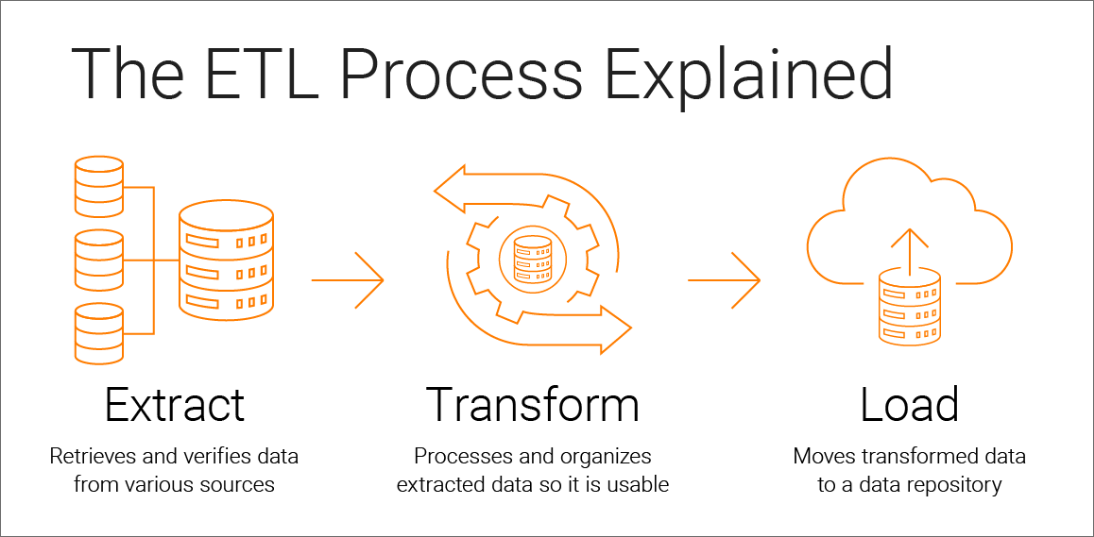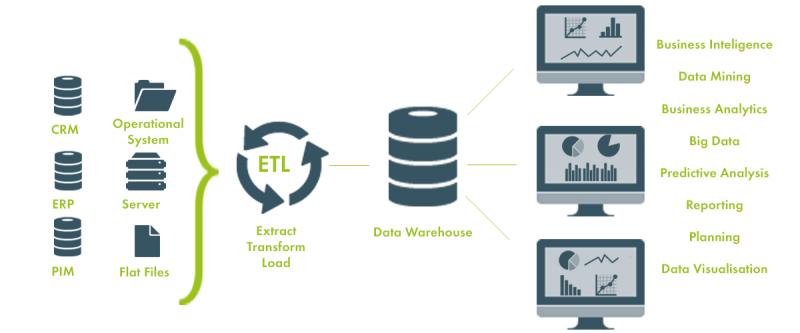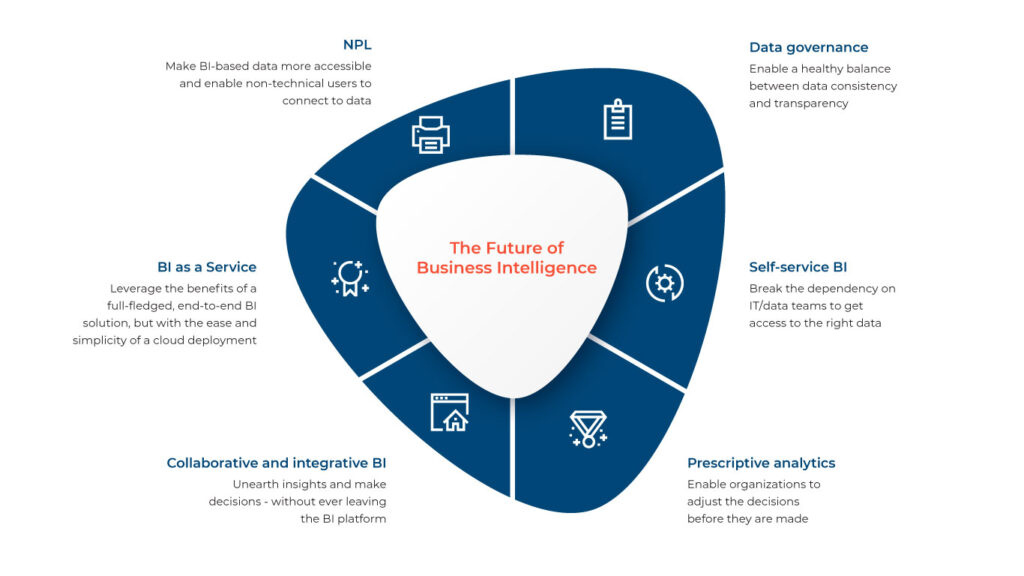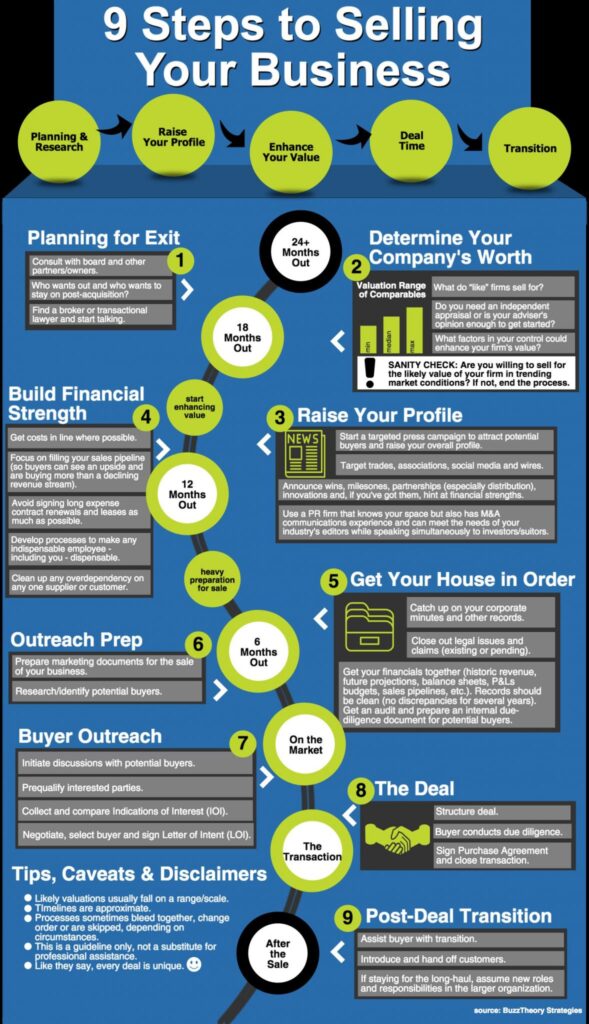In today’s data-driven world, businesses rely heavily on the insights provided by business intelligence (BI) solutions. These solutions help organizations make informed decisions by analyzing and interpreting large sets of data. However, before this data can be used, it needs to be extracted, transformed, and loaded (ETL) into the BI system. But what exactly is ETL in business intelligence, and why is it crucial for effective data analysis?
ETL is a three-step process that involves extracting data from various sources, transforming it into a format that’s usable for analysis, and loading it into a target database or data warehouse. This process is essential for ensuring that the data is accurate, consistent, and complete, enabling businesses to make informed decisions based on reliable information. In this article, we’ll explore the importance of ETL in business intelligence and how it helps organizations unlock the full potential of their data.
ETL in business intelligence stands for Extract, Transform, and Load. It is a process used to collect data from various sources, transform the data according to business rules, and load it into a target data warehouse or other data repositories. It is an important component of any data warehouse or data lake architecture and can be used to integrate data from multiple sources into a single source of truth. This allows businesses to gain insights from their data and make informed decisions.

What is ETL in Business Intelligence?
ETL (Extract, Transform, Load) is a process used in business intelligence to extract data from outside sources, transform it into a format suitable for analysis, and then load it into a data warehouse or other data storage system. This process enables businesses to efficiently analyze large amounts of data and make informed decisions.
Extract
The first step in the ETL process is to extract data from multiple sources. This could include extracting data from databases, web services, or other sources. The extracted data is then transformed into a format that can be used for analysis. This could involve transforming the data into a structured format, such as a table in a database, and then loading it into the data warehouse.
Transform
The second step in the ETL process is to transform the data into a format that can be used for analysis. This could involve transforming the data into a structured format, such as a table in a database, and then loading it into the data warehouse. This can include performing calculations on the data, such as aggregations, joins, and sorting. It can also involve transforming the data into a format that can be used for reporting and analysis, such as creating charts, graphs, or other visualizations.
Load
The third and final step in the ETL process is to load the data into the data warehouse. The data is typically loaded into a relational database, such as Oracle, Microsoft SQL Server, or MySQL, and then accessed by the business intelligence tools for analysis. This step is important as it ensures that the data is accessible and can be used for analysis.
Benefits of ETL
Using ETL can help businesses to quickly analyze large amounts of data. ETL can also improve the accuracy and reliability of analysis, as it ensures that the data is properly structured and loaded into the data warehouse. Additionally, using ETL can help to reduce costs, as it eliminates the need for manual data entry and ensures that the data is in the proper format for analysis.
Challenges of ETL
Although ETL can be a powerful tool for businesses, it can also present some challenges. As the data is extracted from multiple sources, it can be difficult to ensure that the data is accurate and up-to-date. Additionally, ETL processes can be complex and time-consuming, requiring significant resources and expertise. Lastly, ETL processes can be difficult to maintain and update, as changes to the data sources or the data warehouse can require significant changes to the ETL process.
Frequently Asked Questions about ETL in Business Intelligence
ETL stands for Extract, Transform, and Load. It is a process used in data warehousing that involves extracting data from outside sources, transforming it to fit operational needs, and then loading it into the end target database.
What is ETL in Business Intelligence?
ETL stands for Extract, Transform, and Load. It is a process used in data warehousing that involves extracting data from outside sources, transforming it to fit operational needs, and then loading it into the end target database. This process is used to move data from one system to another, and is a critical component of any business intelligence system.
The extraction step involves pulling data from multiple sources (e.g. databases, flat files, XML files, etc.). This step is important for ensuring that the data is accurate and up-to-date. The transformation step involves manipulating the data in order to make it compatible with the target system. This can involve data cleansing, data normalization, and other methods. Finally, the load step involves loading the transformed data into the target system.
What are the Benefits of Using ETL?
Using an ETL process can provide several benefits for businesses. It can help to ensure data accuracy and consistency, reduce manual data entry and data processing time, and increase visibility into data systems. Additionally, using an ETL process can help to reduce the risk of data loss, as data is backed up at each step of the process.
Using ETL is also a more cost-effective option than relying on manual data entry and data processing. Additionally, using ETL can help to reduce the need for manual maintenance of data systems. This can help to reduce the amount of time and resources needed to maintain data systems, resulting in cost savings for businesses.
What are the Challenges of Using ETL?
Using an ETL process can present several challenges. For one, it can be difficult to ensure data accuracy and consistency if the process is not properly configured. Additionally, ETL processes can be complex, and require a lot of time and effort to set up and maintain.
Furthermore, ETL processes can be difficult to scale as the amount of data being processed grows. Additionally, ETL processes can be difficult to debug and troubleshoot in the event of an error. Finally, ETL processes can be difficult to integrate with other systems, as they are often built on different technologies.
What Technologies are Used in ETL?
ETL processes are typically built on a combination of technologies, such as extractors, transformation engines, and loaders. Extractors are used to pull data from outside sources. Transformation engines are used to manipulate the data in order to make it compatible with the target system. Loaders are used to load the transformed data into the target system.
Additionally, ETL processes often use databases and data warehouses to store the extracted data. Additionally, ETL processes may use middleware to manage the flow of data between different systems. Finally, ETL processes may also use workflow automation tools to manage the ETL process.
Who Uses ETL?
ETL is used by businesses of all sizes, from small startups to large enterprises. It is commonly used in data warehousing, data integration, and business intelligence solutions. Additionally, ETL is used by software engineers and data analysts to move data between different systems. Finally, ETL is also used to migrate data between different platforms and technologies.

In conclusion, ETL is an essential process in Business Intelligence that helps organizations gather, process, and analyze data from various sources. By implementing ETL tools, businesses can save time, reduce errors, and make informed decisions based on accurate data. With the increasing need for data-driven decision making in the modern business world, ETL has become an indispensable component of Business Intelligence.
As organizations continue to adopt new technologies and processes to improve their operations, ETL is expected to evolve to meet the changing needs of businesses. The future of ETL in Business Intelligence is likely to see more advanced tools and techniques that can handle large volumes of data, provide real-time data processing, and support machine learning applications. Therefore, businesses that want to stay ahead of the curve in the competitive landscape must stay abreast of the latest developments in ETL and leverage its potential to drive business growth and success.


